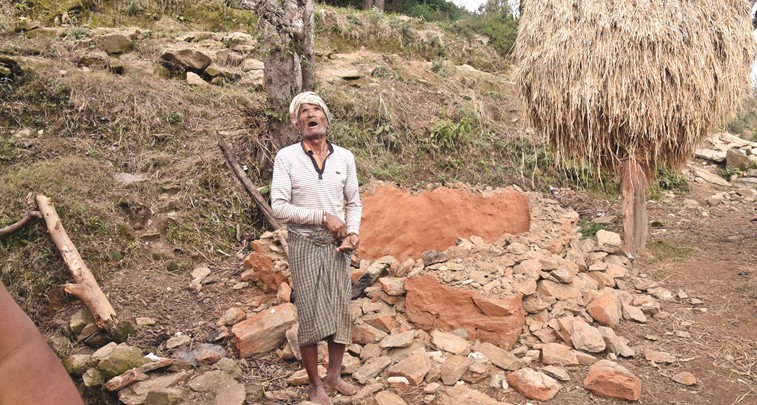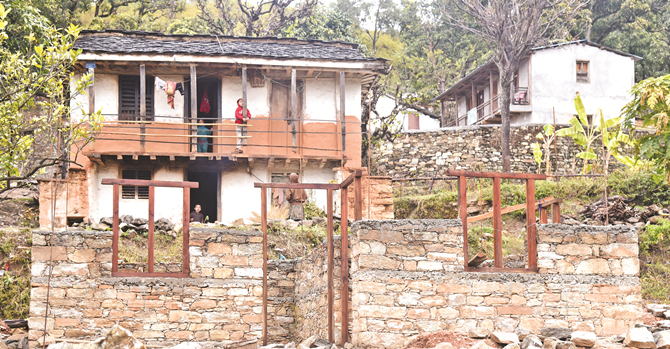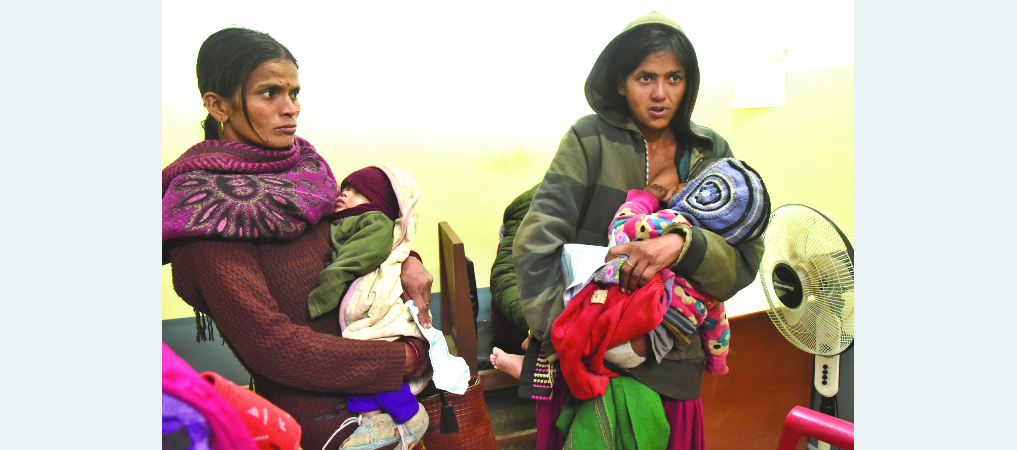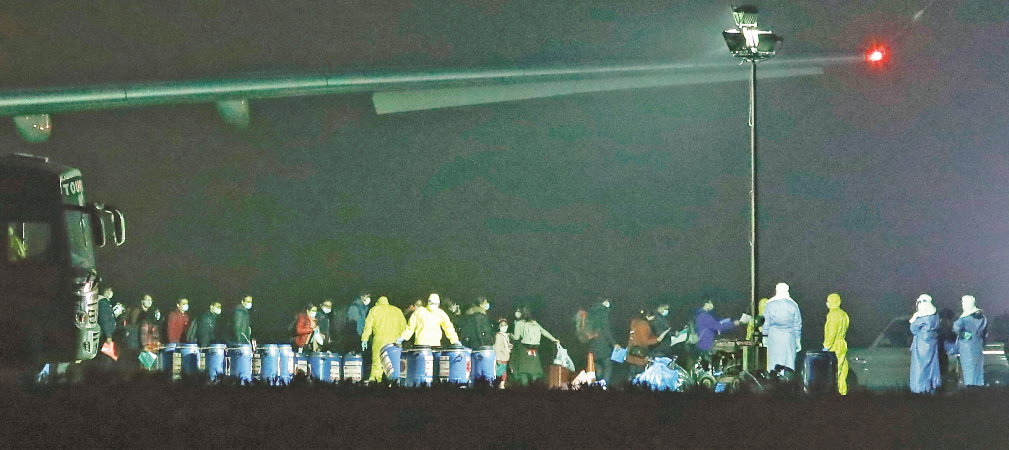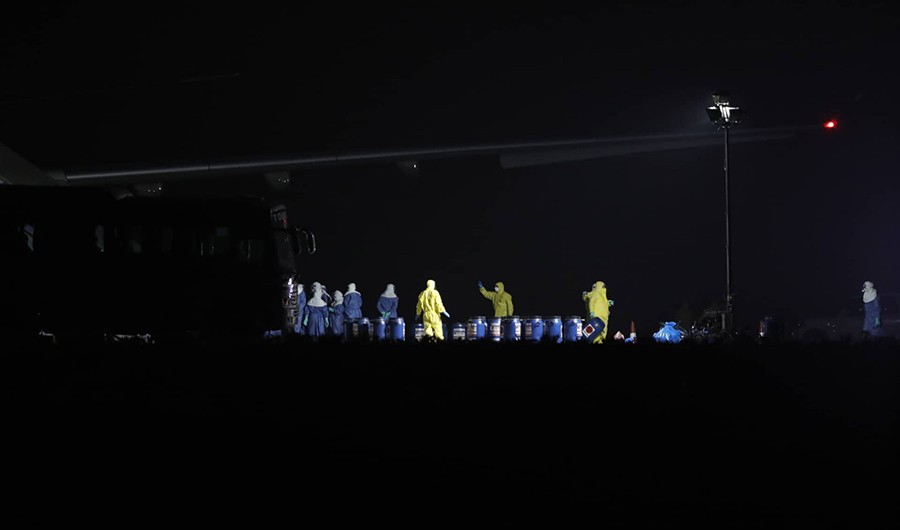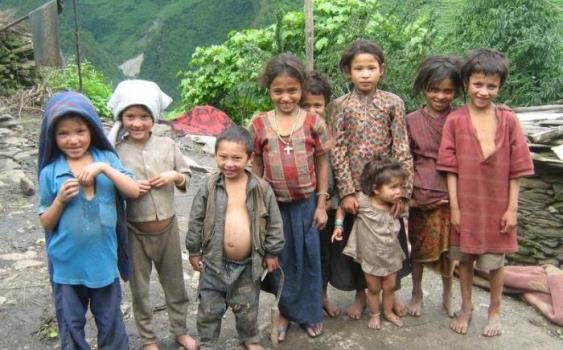‘Cancer can be cured if detected early’

Kathmandu, Feb. 5: Cancer is one of the leading causes of death, and its burden is growing. On Friday, the world celebrated World Cancer Day with the theme, “closing the care gap”.
According to health experts, many cancer patients in Nepal are facing gap in treatment due to barriers, including access to health care facilities, human resources and required infrastructures.
Dr. Krishna Prasad Poudel, a health expert, said that cancer patients are compelled to wait 103.8 days for treatment. If there was no waiting, the whole treatment of cancer would complete in eight weeks, he added.
Of the total cost spent in treatment of cancer, 80 per cent is needed for lodging and fooding while only 20 per cent for treatment including radiation or chemotherapy, said Dr. Poudel.
According to doctors, 70 per cent of the cancer patients need radiation therapy during the course of their treatment, whether curative or palliative.
Dr. Sandhya Chapagain, Oncologist at Bir Hospital, said that Nepal has only 7/8 radiation therapy machines in operation at the government and private hospitals. The World Health Organisation (WHO), recommends one megavoltage unit of radiation machine per a million population. In line with that, Nepal requires at least 29 radiation therapy machines for its population, said Dr. Chapagain.
In order to close the gap, Dr. Chapagain suggests the government to implement and monitor Cancer Control Strategy. The government needs to develop comprehensive cancer centre in the major zonal hospital in each province. Ensuring reach of equitable cancer services irrespective of the social, geographical, financial and religious conditions is essential to narrow down the care gap, added Dr. Chapagain.
Among the 53,330 beneficiaries of Bipanna Nagarik Aausadi Tatha Upachar, provided by the Ministry of Health and Population in the fiscal year 2019/20, cancer patients totalled 37,121.
Cancer ranks the third leading cause of deaths in Nepal, accounting for an estimated 18,314 deaths, according to Global Burden of Disease study 2017.
The most common cancer in Nepal is lung cancer followed by cervical cancer, breast, and stomach and colorectal, larynx, ovary, urinary bladder, liver and rectum among others.
According to Dr. Chapagain, more than one-third of cancer cases can be prevented. Another third can be cured if detected early and treated properly, she added.
“We can save many lives by implementing resource-appropriate strategies on prevention, early detection and treatment.”
Dr. Bishnu Rath Giri, Senior Pediatric Oncologist of Kanti Children’s Hospital, said that around 1500 cases of childhood cancer is detected in Nepal annually. In order to plug the care gap, universal health coverage for early detection and referral is essential, said Dr. Giri.
Spreading public awareness that childhood cancer is curable and affordable is also required, he added.
According to doctors, cancer is a disease characterised by the development of abnormal cells that divide uncontrollably and have the ability to infiltrate and destroy normal body tissue.
Recent News

Do not make expressions casting dout on election: EC
14 Apr, 2022
CM Bhatta says may New Year 2079 BS inspire positive thinking
14 Apr, 2022
Three new cases, 44 recoveries in 24 hours
14 Apr, 2022
689 climbers of 84 teams so far acquire permits for climbing various peaks this spring season
14 Apr, 2022
How the rising cost of living crisis is impacting Nepal
14 Apr, 2022
US military confirms an interstellar meteor collided with Earth
14 Apr, 2022
Valneva Covid vaccine approved for use in UK
14 Apr, 2022
Chair Prachanda highlights need of unity among Maoist, Communist forces
14 Apr, 2022
Ranbir Kapoor and Alia Bhatt: Bollywood toasts star couple on wedding
14 Apr, 2022
President Bhandari confers decorations (Photo Feature)
14 Apr, 2022



